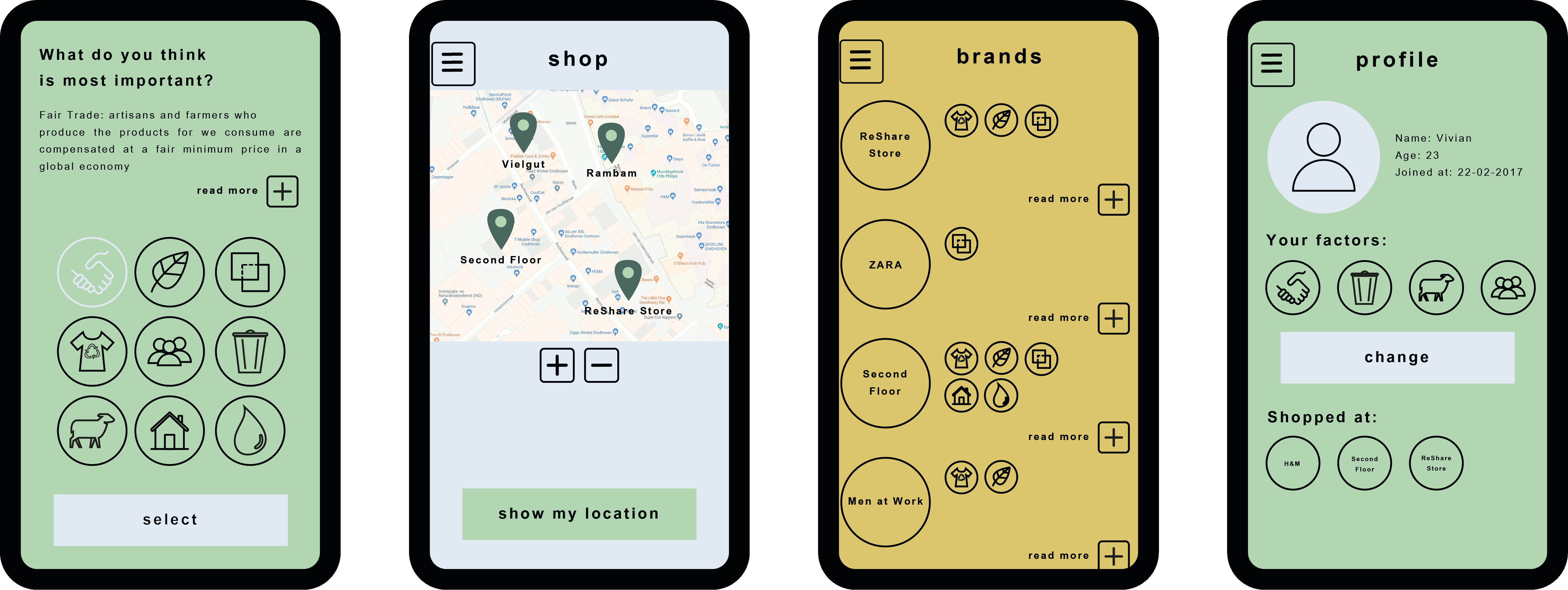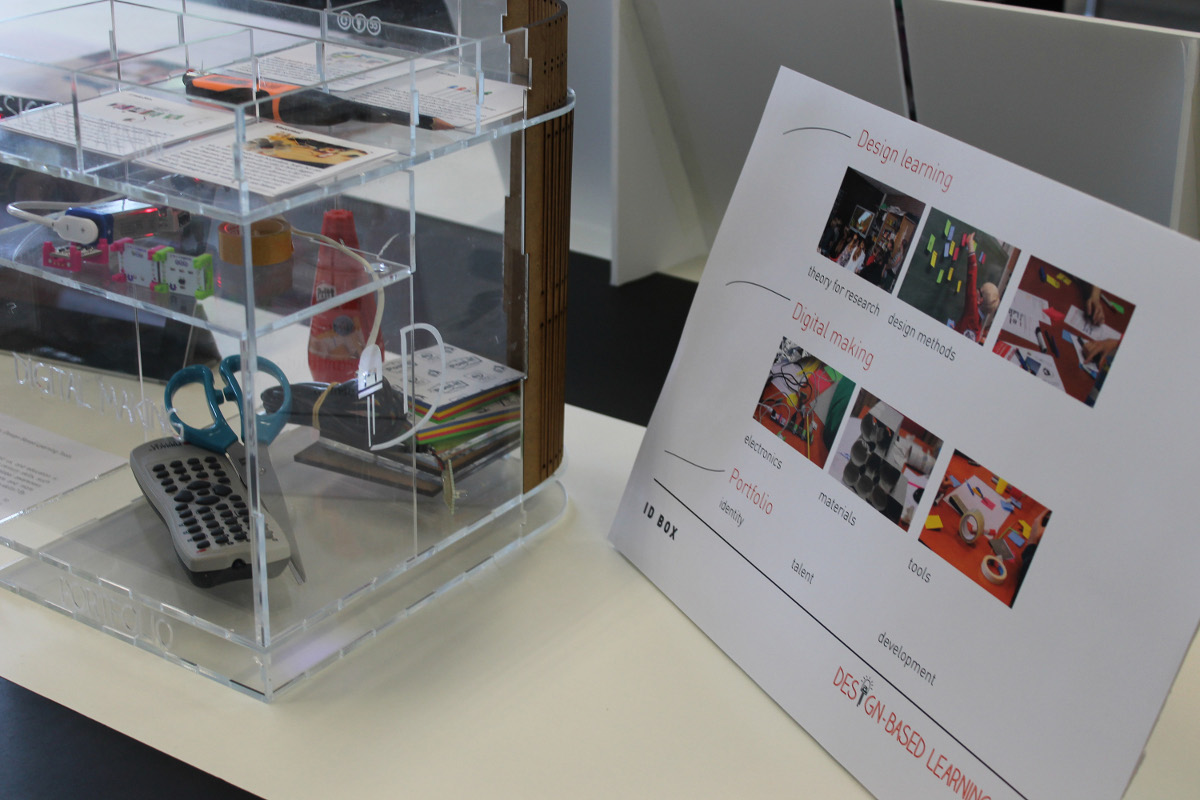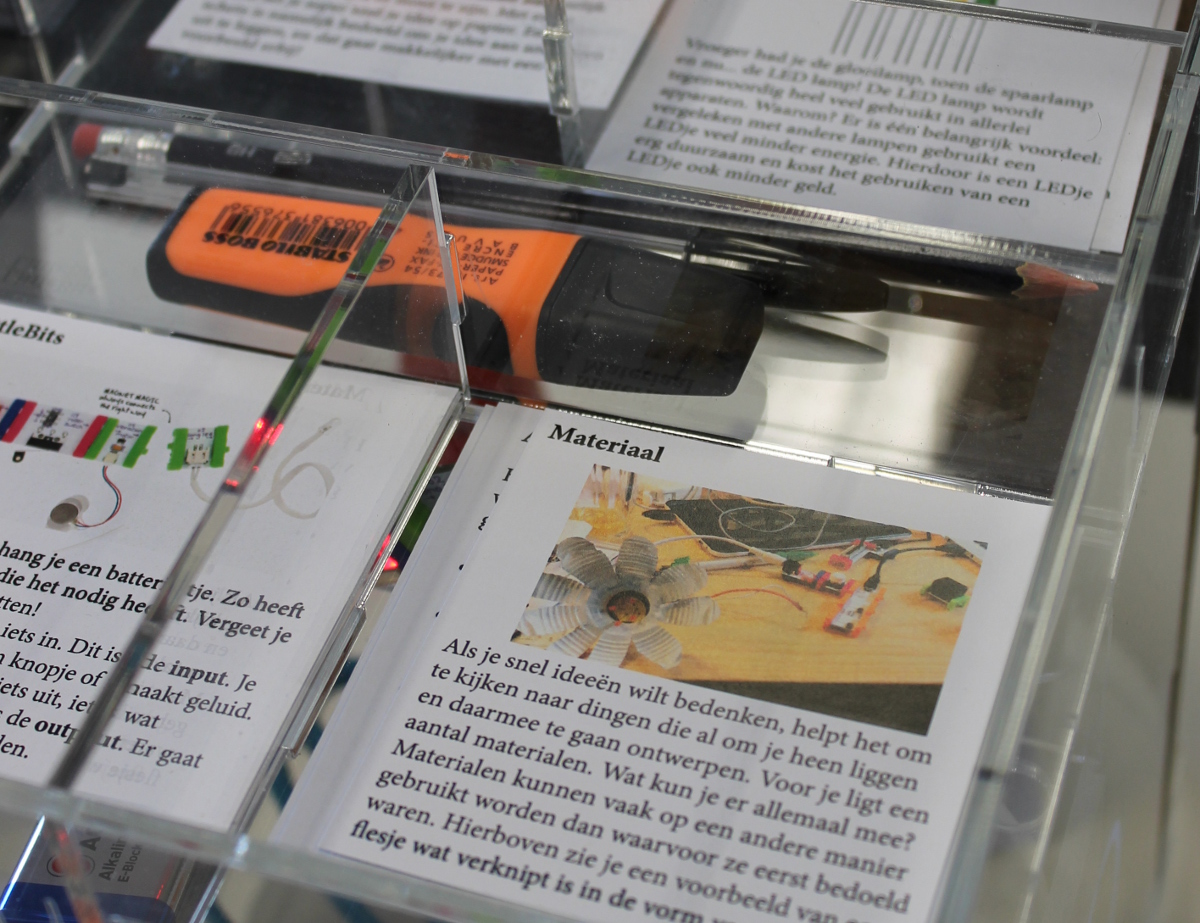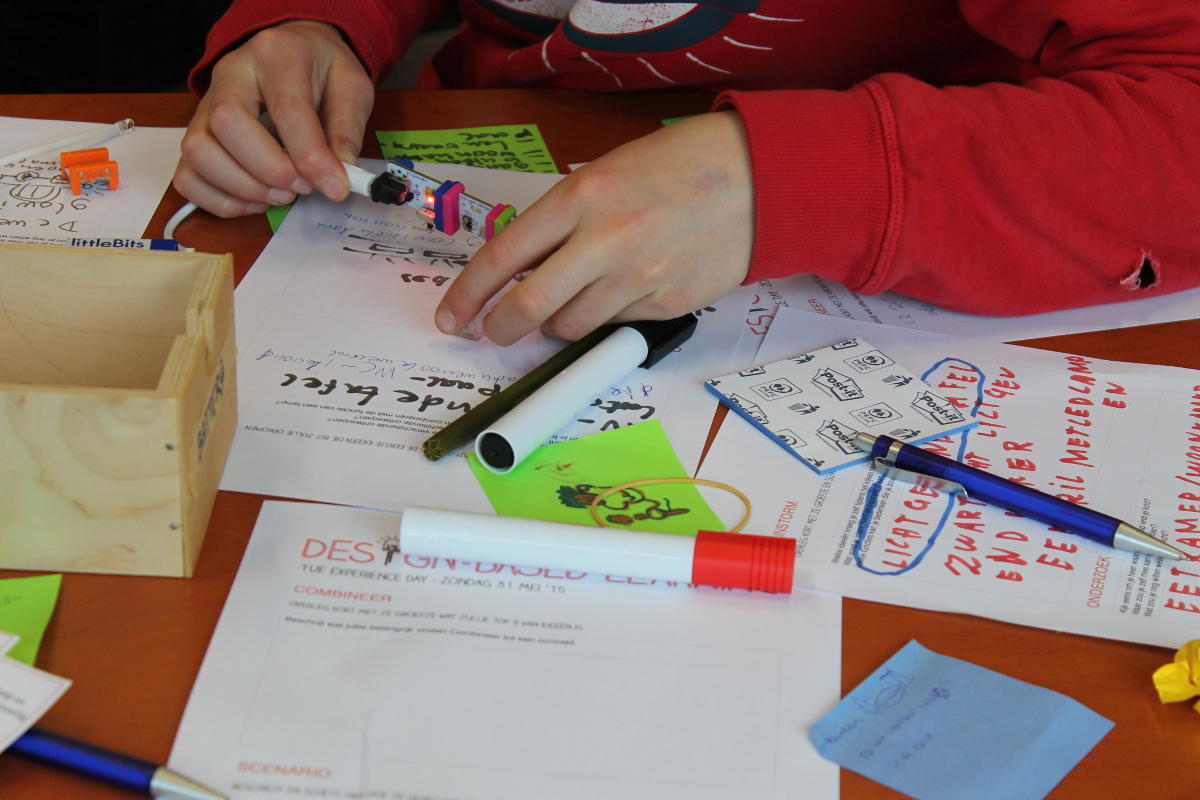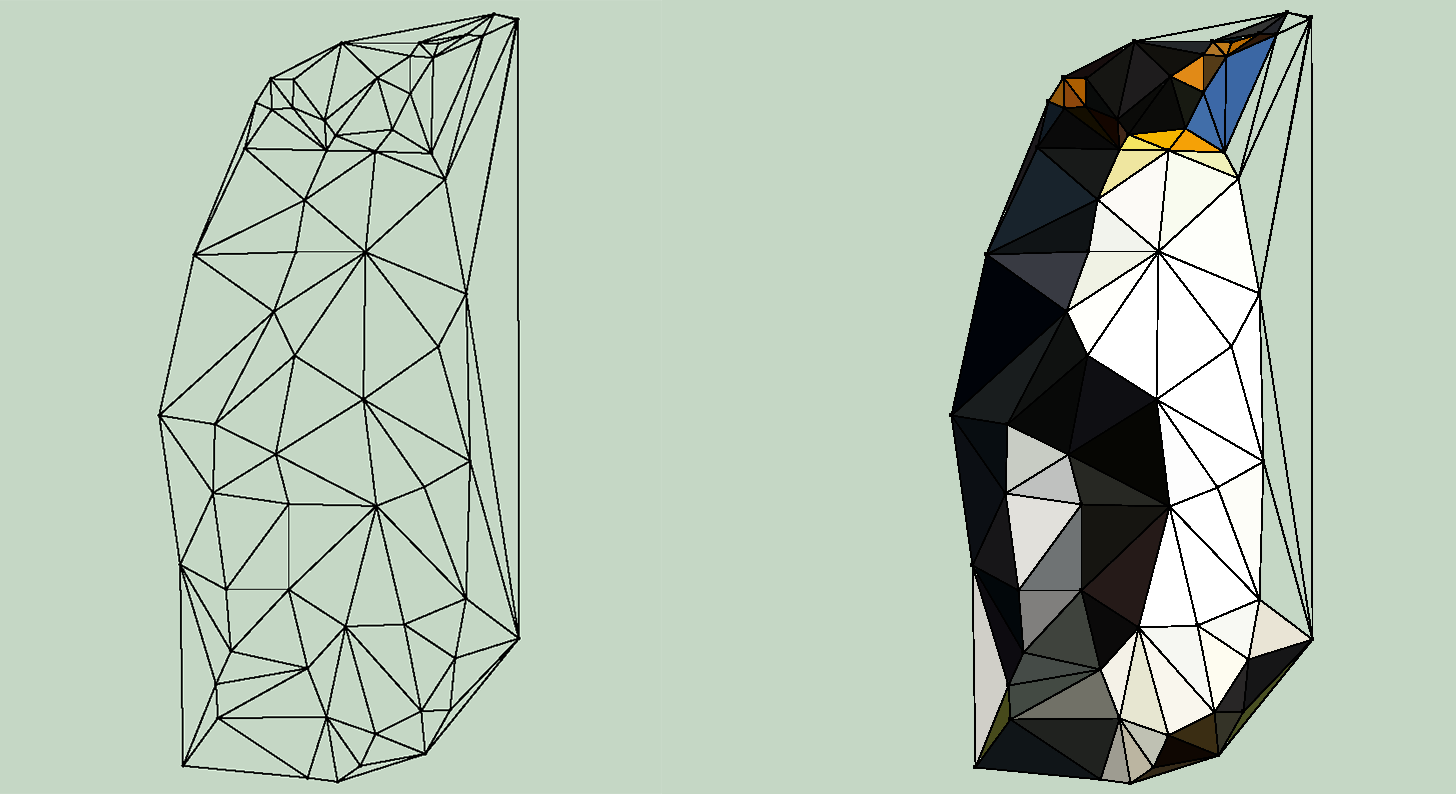"I use interaction design and visual storytelling for sustainable and/or social change"
What do I mean with that?With a background in Industrial Design, design for me is an ideal way to achieve sustainable change: social, practical and long-term change. Design can be used to tell a powerful story: by being interactive (learning by doing) and visual (easier to understand complicated situations), this way of storytelling can be used to create awareness for a topic and/or empathy for another person. Furthermore, design is practical and optimistic: it can give people the opportunity to take action themselves. To ask the question: what can I do? I believe that individual actions can have an impact on society. This is why I always aim to combine telling a story and creating practical opportunities in my projects.
TACTSTYLE
mobile application helping people to find and buy sustainable fashion
There are many problems related to the current fashion industry. It can be a challenge to find clothes that are made with care for people and planet. Many people might have the intention to change their buying behavior, but get lost in all the information that is (or is not) available.Tactstyle is a concept for a smartphone application that helps people to find and buy more sustainable clothes. By providing an overview and making the journey personal, Tactstyle aims to inspire and motivate people during their search for ‘fair’ fashion.
KEYWORDS
fair fashionapp design
changing behavior
DATE
September 2017 - July 2018
back to start

Find information while you're shopping: compare the sustainability score of shops and brands around you
back to start

Check and save shops for later that you think are interesting, so you can find them later easily
ID BOX
tool for teaching children 21st century skills
Education is changing constantly. It is important to teach students so-called ‘21st century skills’, such as creativity, critical thinking and global citizenship. One way to do this is to introduce ‘design-based learning’: using the design process as a learning method in the classroom.The ID BOX is a toolkit, supporting design-based learning in the classroom. Designed for primary and secondary school classes, the box contains all the essentials needed for a design-based learning lesson in the classroom. The box has three layers: design learning (containing design methods and theory), digital making (containing prototype materials) and portfolio (showing student’s past work and reflections).
KEYWORDS
research through designstakeholder involvement
rapid prototyping
visual identity
DATE
February 2015 - June 2015
back to start
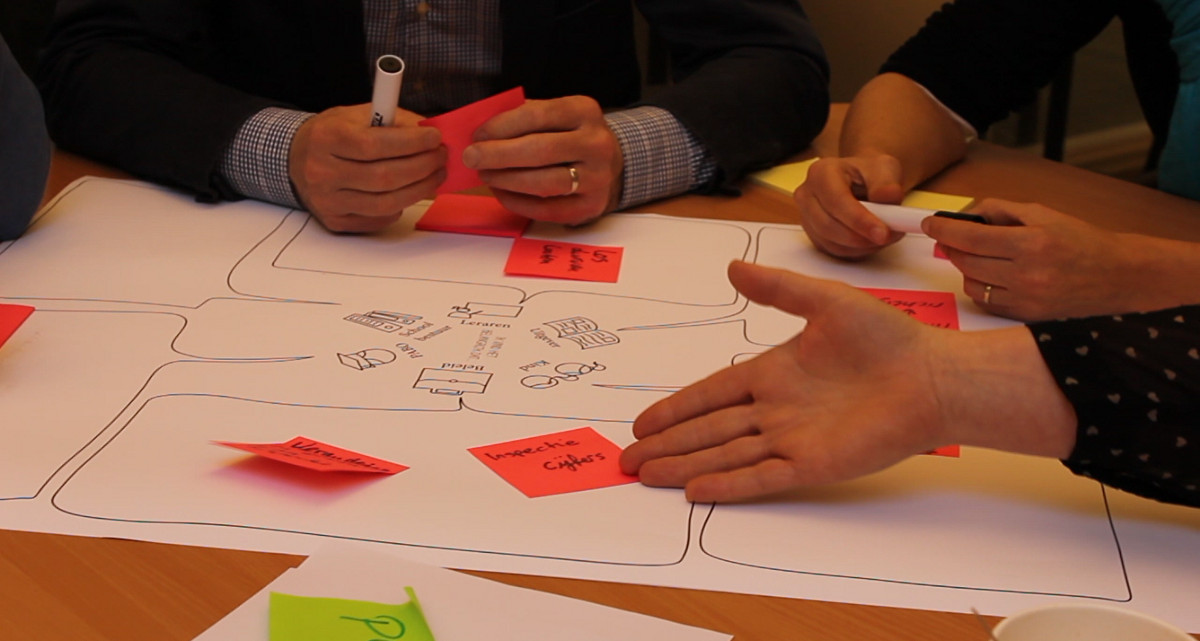
During a stakeholder workshop, various stakeholders discussed how design-based learning could be benificial for education
back to start
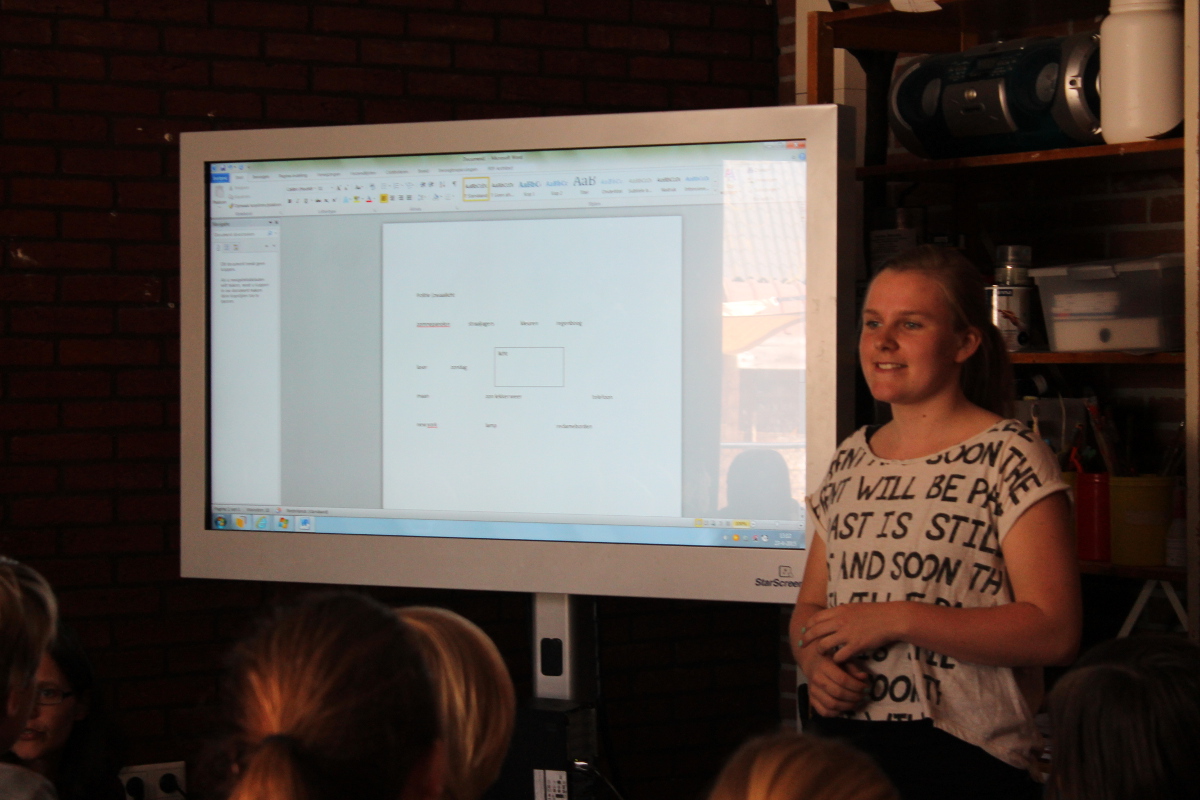
During a user test at a primary school: introducing the students to the assignment and guiding them through the design process
THROUGH PINK AND BLUE GLASSES
a virtual reality experience focused on creating empathy for another gender
During this team project, our goal was to raise awareness and empathy for gender stereotypes and sexism in current society. Through Pink and Blue Glasses is a virtual reality experience, which tells different stories related to these subjects. These are all based on real life events.By using VR, we can make people feel like they are in a different world physically, experiencing someone else’s story from a first person and other gender’s perspective. This experience makes it possible for people to reflect and become aware of their own stories, prejudices and assumptions.
This project was one of the ten final projects at the CHI Play Student Game Design competition. During the Dutch Design Week 2017, this project was presented at the Mind the Step exhibition. Furthermore, this project received third price for the Social Design Talent Awards.
KEYWORDS
design for empathyvirtual reality
user experience
DATE
September 2016 - Januari 2017
back to start
A video showing an impression of the experience, and a few reactions we received during the first presentation of the concept
back to start

At the start: choosing a character. This can be changed later, so people can experience a situation from multiple perspectives
back to start
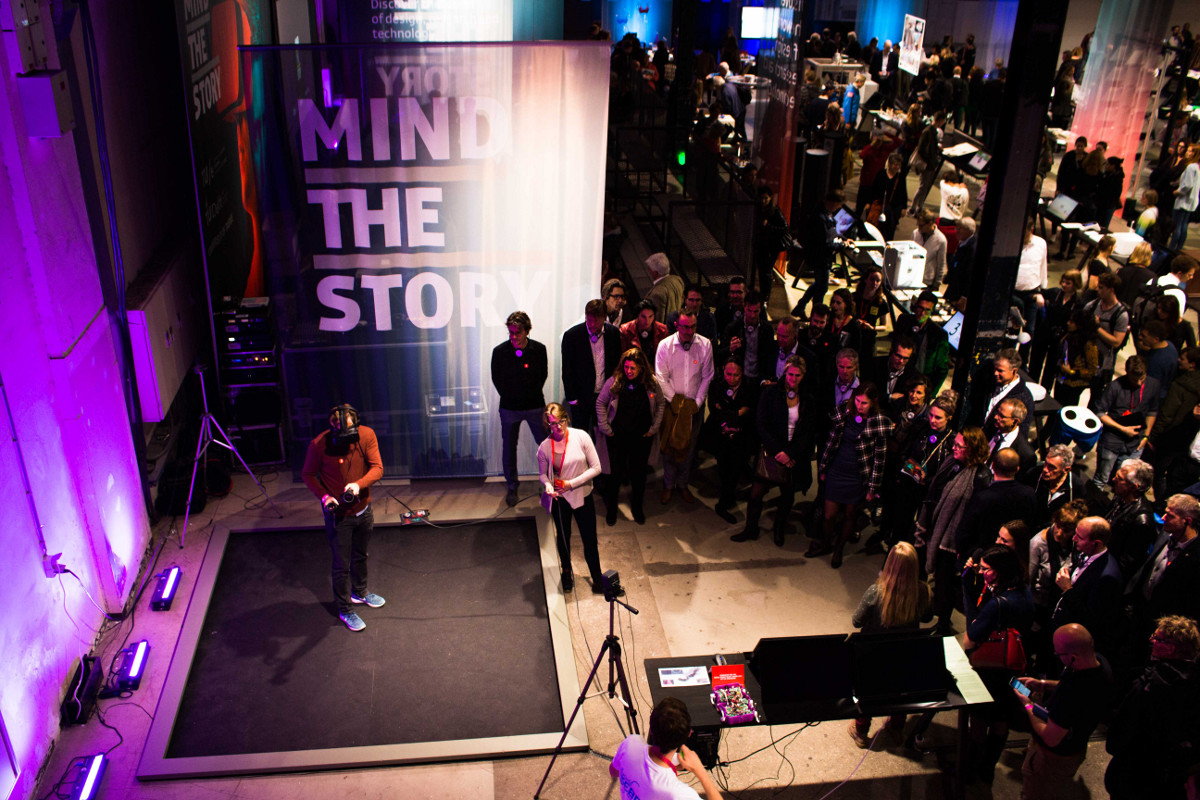
At the Dutch Design Week, we had the change to present the concept to a large audience
back to start

We were nominated for the Social Design Talent Award 2017. Eventually, we won third prize.
back to start

We pitched our concept during the CHI Play Conference. We were one of the ten finalists of the Student Game Design Competition
TRIANGULATE
creating low-poly images quickly
Triangulate is a small program developed for a course on mathematics and aesthetics, that turns any image of an organic shape into a geometrical pattern using polygons. After indicating various points in the image, a Delaunay diagram is calculated for these points. By using this program, low-poly images can be created quickly, without the need of drawing them by hand.In this case, the images were transformed from digital to physical by using plastic foil and a vinyl cutter. Using a heat press, the images were pressed on fabric. However, these visuals can be used for many purposes and in combination with many creative tools (for example, by using an embroidery machine or laser cutter).
KEYWORDS
rapid prototypingmathematics and aesthetics
low-poly design
DATE
November 2017 - January 2018
back to start

Using a vinyl cutter, the images were cut from plastic foil. They were pressed on fabric using a heat press.
back to start

There are multiple ways to use this program: I chose to cut the images from plastic foil
MADE IN
concept for persuasive gameplay
This research through design project was done in the context of the fashion industry and its impact on people and planet. Could an interactive, digital experience influence people’s ability to empathize with people and their situations elsewhere in the world?Made In is a persuasive gameplay experience. During the experience, the player is a woman working in a garment factory. Through visual and audio cues, stories about these women’s daily struggles and circumstances are told. This project shows how such a short experience can already have an impact on the player’s perspective of the world.
KEYWORDS
persuasive gameplaydesign for empathy
user experience
DATE
February 2017 - July 2017
back to start

The start of the experience. After a short introduction, the player gets the order to put two pieces of fabric togeher
back to start

During the experience, the player gets distracted by the stories of other people working in the factory
back to start

However, time is limited. The player has to choose: finish the work, or keep listening to the other stories?
I am available for collaboration on projects or full time employment.
Feel free to contact me!
Feel free to contact me!



